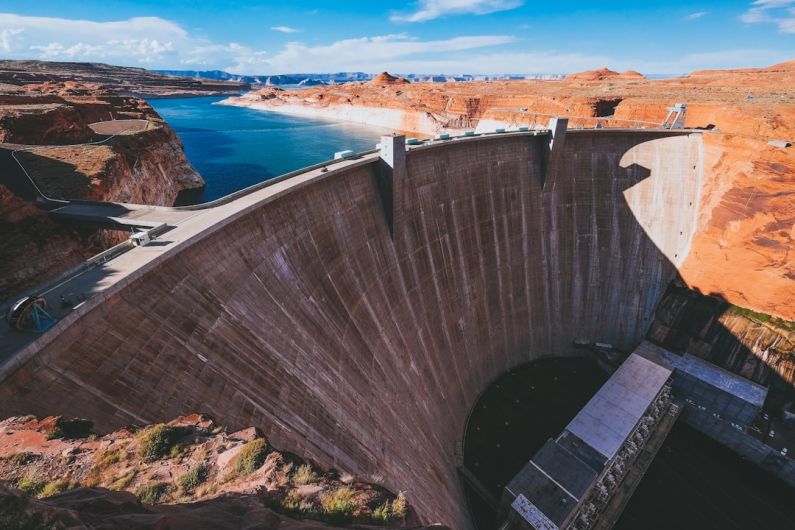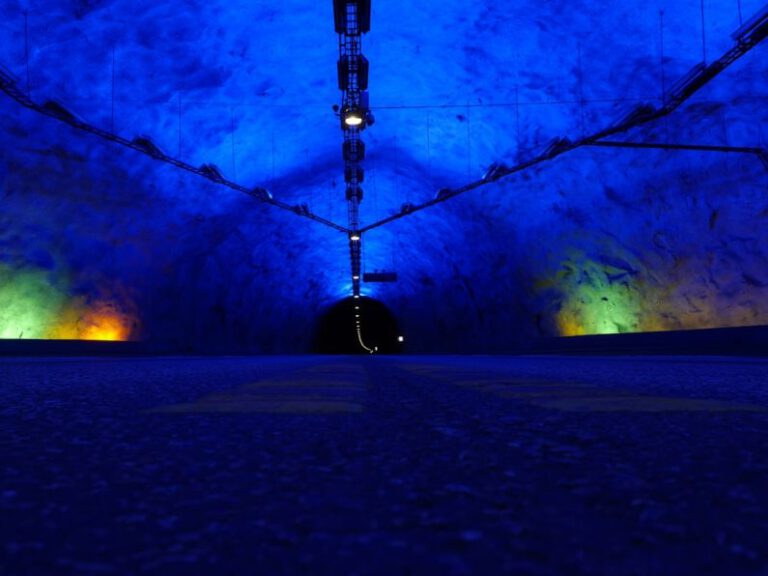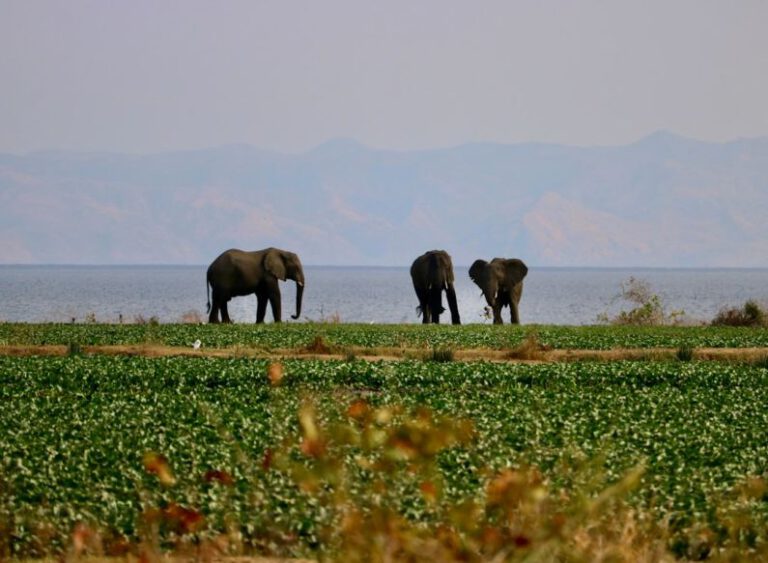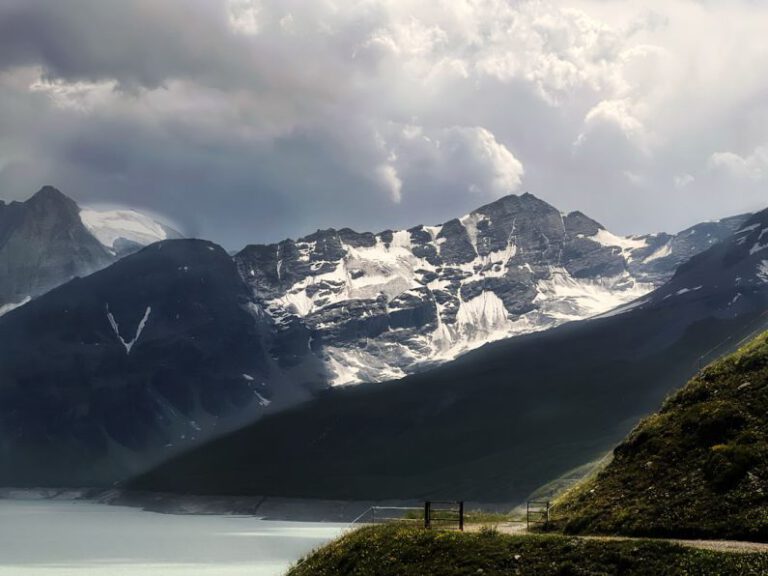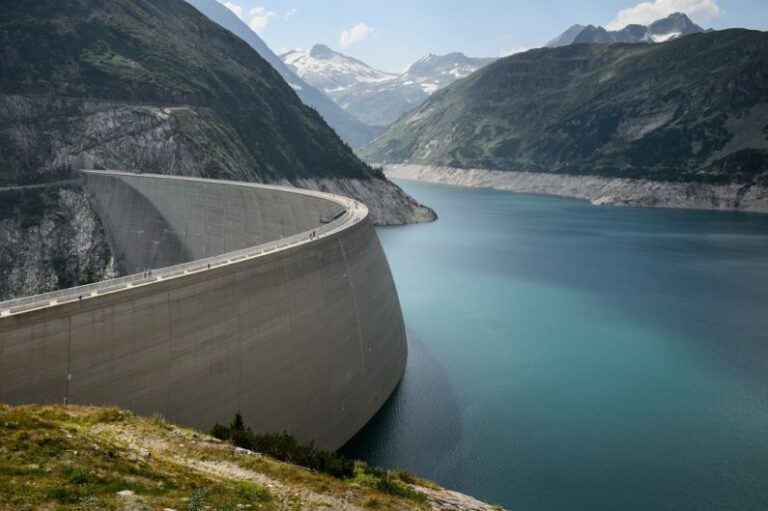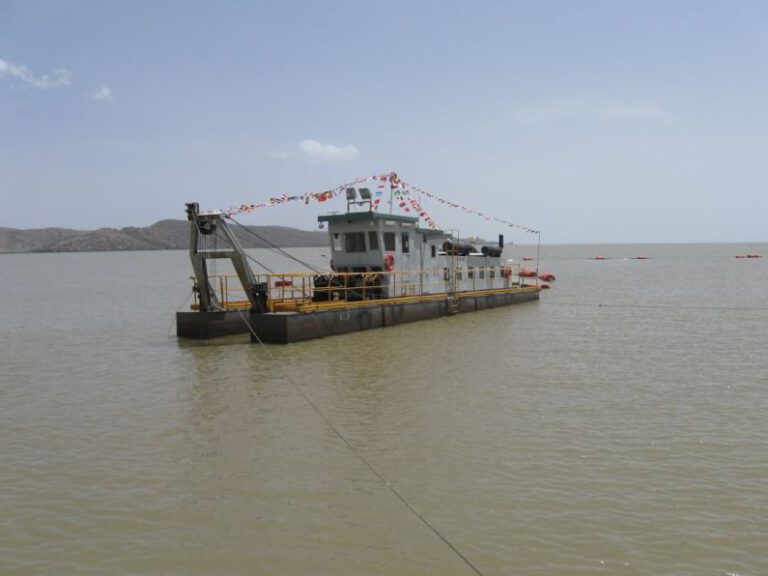The Glen Canyon Dam: Environmental Controversies and Wonders
Nestled in the heart of the desert landscape of Arizona, the Glen Canyon Dam stands as a testament to human engineering prowess and the complexities of balancing development with environmental conservation. Built in the 1960s, the dam has sparked a range of controversies over the years, pitting proponents of hydroelectric power and water resource management against environmentalists advocating for the protection of the delicate ecosystems of the region. Despite these controversies, the Glen Canyon Dam also offers a glimpse into the wonders of nature and the impressive geological formations that make this area a unique and captivating destination for visitors from around the world.
The Construction of the Dam
The Glen Canyon Dam was constructed between 1956 and 1966 on the Colorado River, creating Lake Powell, the second-largest man-made reservoir in the United States. The primary purpose of the dam was to provide hydroelectric power and water storage for the arid southwestern states, helping to support agricultural activities, provide drinking water, and generate electricity for millions of people. The construction of the dam required extensive engineering expertise and innovative techniques to overcome the challenges posed by the rugged terrain and the harsh desert environment.
Environmental Controversies
The construction of the Glen Canyon Dam was not without its controversies, particularly regarding its impact on the environment and the cultural heritage of the region. One of the most significant concerns raised by environmentalists was the inundation of Glen Canyon, a breathtaking natural wonder characterized by towering red sandstone cliffs, crystal-clear streams, and diverse flora and fauna. The creation of Lake Powell flooded vast stretches of the canyon, altering the landscape and submerging numerous archaeological sites and Native American artifacts.
Furthermore, the dam significantly altered the flow of the Colorado River, disrupting the natural ecosystem and leading to the loss of critical habitats for native fish species. The regulation of water releases from the dam also resulted in fluctuations in water temperature and sediment levels downstream, impacting the downstream ecology and threatening the survival of endangered species such as the humpback chub.
Despite these environmental concerns, the Glen Canyon Dam continues to play a crucial role in providing water and power to the region, highlighting the complex trade-offs involved in balancing human needs with environmental preservation. Efforts have been made to mitigate some of the dam’s impacts through adaptive management strategies, such as controlled water releases to mimic natural flooding patterns and restore the downstream ecosystem.
The Wonders of Glen Canyon
Amidst the controversies surrounding the Glen Canyon Dam, it is essential not to overlook the natural wonders that still abound in the region. The stunning red rock formations, deep canyons, and emerald waters of Lake Powell attract millions of visitors each year, offering opportunities for outdoor recreation, boating, hiking, and camping. The area’s unique geology and biodiversity make it a paradise for nature lovers and outdoor enthusiasts seeking to explore the rugged beauty of the desert landscape.
Visitors to the Glen Canyon Dam can marvel at the engineering marvel of the concrete arch structure, which stands 710 feet tall and spans the width of the Colorado River. Guided tours of the dam provide insights into its history, construction, and operations, allowing visitors to appreciate the scale of the project and the ingenuity required to harness the power of the river for human benefit.
In conclusion, the Glen Canyon Dam embodies both environmental controversies and wonders, serving as a symbol of the complex relationships between human development and natural ecosystems. While the dam’s construction has raised valid concerns about its environmental impact, it also offers a gateway to the spectacular landscapes and geological formations that define the beauty of the American Southwest. By striking a balance between conservation and utilization, we can continue to appreciate and protect the wonders of Glen Canyon for future generations to enjoy.
